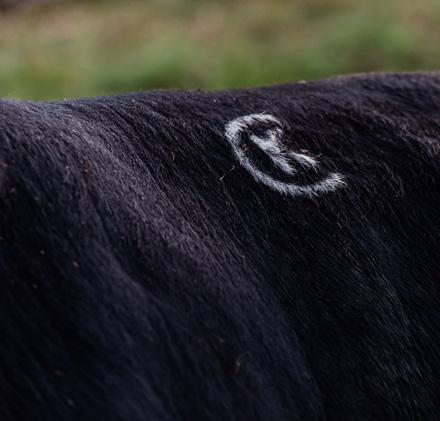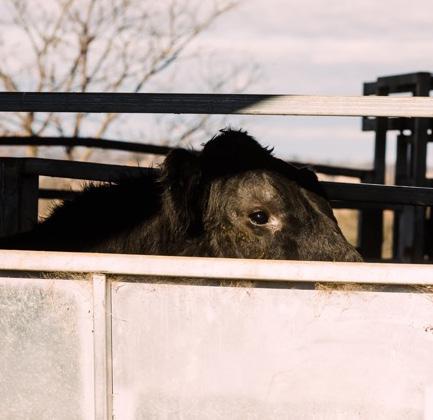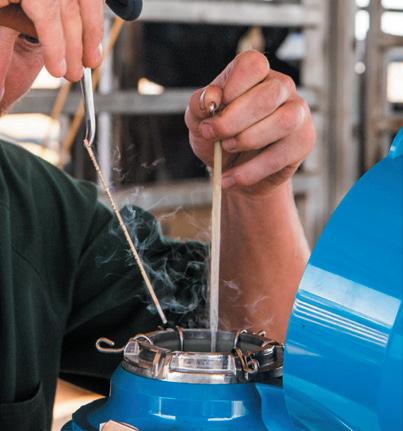
2 minute read
NDIQ808 KENNY'S CREEK Q808
PERFORMANCE AND ANIMAL HEALTH
HEALTH STATUS
Advertisement
BioCheck Biosecurity Plan: The Kenny’s Creek Angus herd at Hillgrove, Boorowa has been assessed and tested under the BioCheck Biosecurity Plan and is rated as J-BAS 7.
Pestivirus: Pestivirus is an endemic viral disease in Australia. There is serological evidence of pestivirus in over 70% of beef herds in NSW. The Kenny’s Creek pestivirus management plan involves exposing all weaner cattle to the virus. All exposed animals have a lifetime immunity. Refer to our website for further information. All bulls have been tested negative to pestivirus.
INDEPENDENT ASSESSMENT BY CHRIS SAUNDERS FROM PRECISION BREEDING
All of our bulls have independently evaluated for structural soundness and fertility, in particular: 1. Semen tested 2. Scrotal palpated 3. Structurally assessed
HEALTH MANAGEMENT
After you have purchased a low risk bull it is important to manage him correctly to ensure a long, effective working life. Ensure you vaccinate your bulls annually with 7 in 1 and vibrio vaccine. All Kenny’s Creek Angus bulls have had their initial two vaccinations and now only require annual vaccination.
Monitor the body condition of your bulls and maintain a condition score of 3. Young bulls require good nutrition. Don’t allow your bulls to become overly fat, as fat bulls have a greater risk of injury and also achieve poorer conception rates.
The variation in climatic conditions (temperature extremes) and grazing conditions in Central and Northern Queensland can have a large effect on the quality of semen the bull produces. It is recommended that after you purchase a new bull and relocate him to a new grazing environment that you have his semen examined prior to joining.

MONITORING NEW BULLS
Any new bulls being joined for their first time are at a greater risk of achieving poor conception rates due to injury or infection. It is therefore important to monitor new bulls closely.
What to look out for:
• Lameness. • Swelling in the area of the penis or testicles. • Penis unable to be exteriorised from the sheath. • Inflamed or reddened penis. • Bulls attempting to mount but not serving. • Any signs of systemic disease i.e. lethargic. • Cows still in estrus towards the end of the joining period.
In well managed herds we expect 60–70% of conception to occur in the first 3 weeks. It is extremely important to monitor new bulls during this period. Cows joined to new bulls need to be inspected 2–3 times per week for the first 3 weeks then weekly thereafter.
It is important to remember that problems can develop during the joining period. Some of these problems cannot be prevented, so early detection is the only way to minimise their impact.
FEET AND LEGS
Great attention is paid to both the feet and legs of animals as part of the Kenny’s Creek breeding program to ensure their longevity and working lifespan. It is important to note that no feet are ever trimmed and any identified animals with structural issues are removed from the breeding herd.
TEMPERAMENT
Temperament has been assessed constantly across the whole herd over the last 20 years. All working bulls are selected in part for their libido and fertility attributes and as such require an understanding management approach to their handling.







